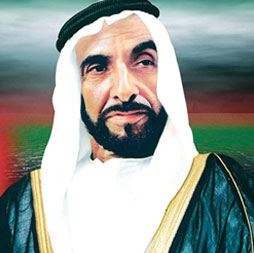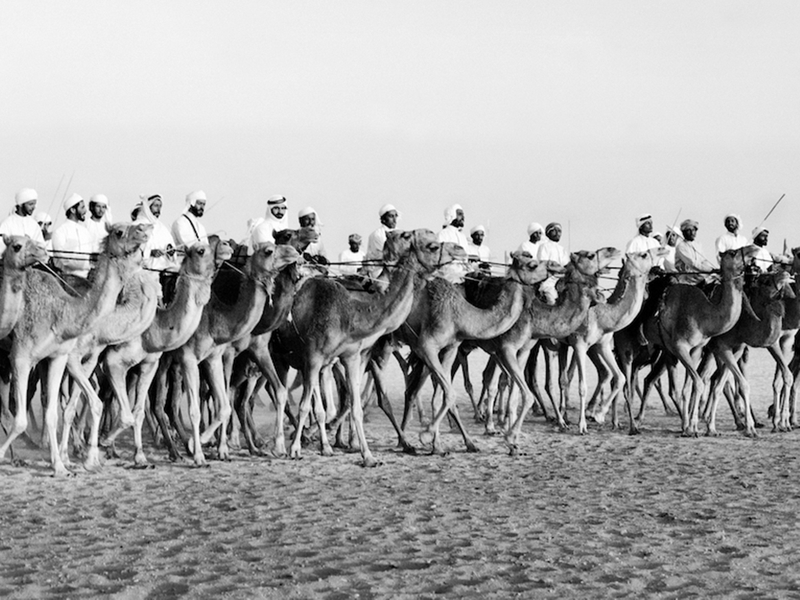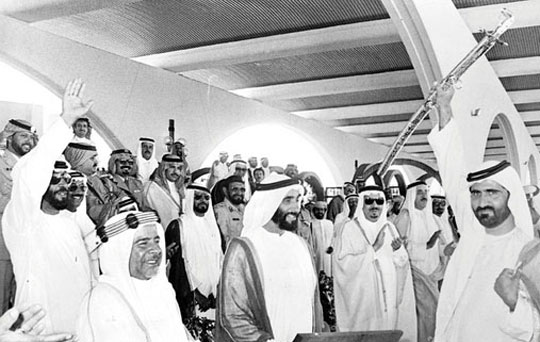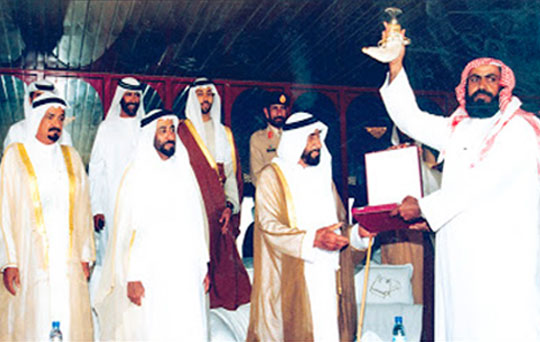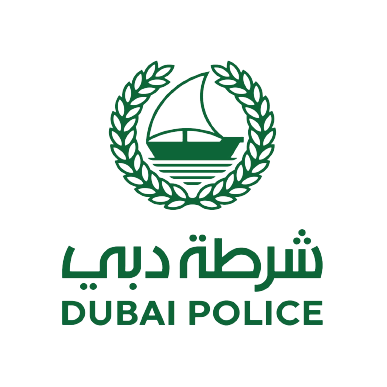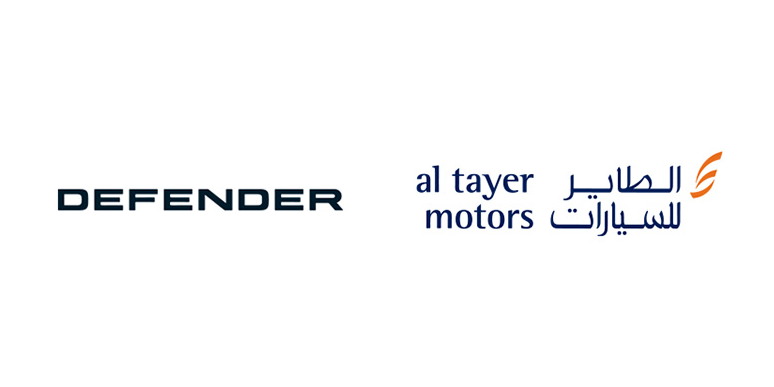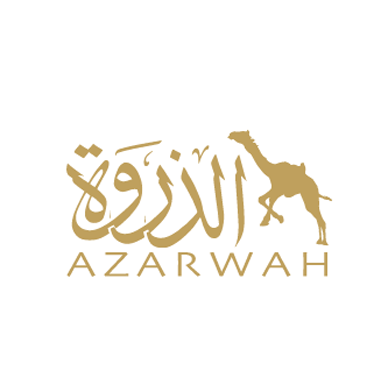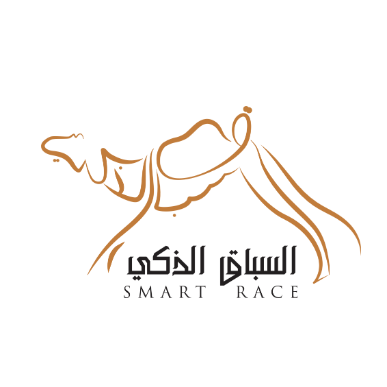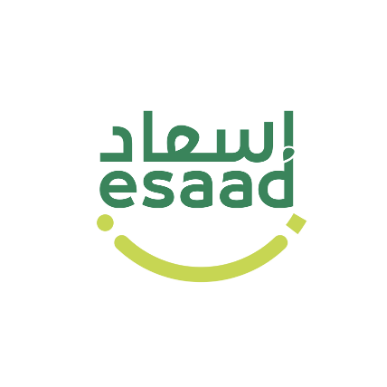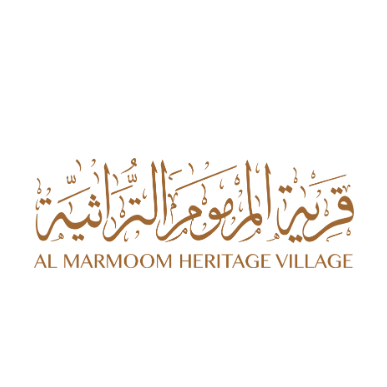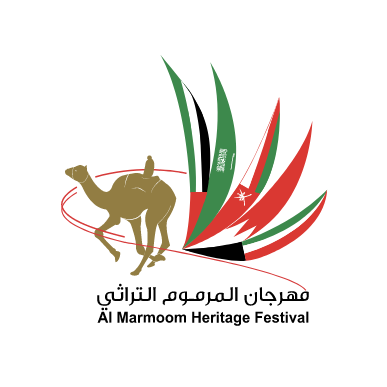Every country has its own traditions and heritage, especially when it comes to sports. And in the
United Arab Emirates, one of the most important sports is camel racing. With its centuries-old
history
and culture, camel racing is an extremely well-loved and intimate part of Arab culture.
The race is fought on traditional thoroughbred racing camels that are native and distinct to UAE.
In fact, camel racing still enjoys the patronage of the rulers and leaders of the UAE. Not just
the
royalty, even the common citizens of UAE are fans of the sport.
It was with the intention of preserving this heritage that the Dubai Camel Racing Club
(DCRC)
was founded in 2008. UAE has a large number of camel racing enthusiasts and there are at
least fifteen race tracks spread across the country. However, most of them are located
on
the outskirts of cities. But the beauty of camel racing is that it is not just popular
locally
within the UAE but has an international following. In the last two decades, the UAE
Camel
Racing Federation has taken massive efforts to ensure that camel racing spreads far and
wide
across the world. It isn’t just a popular sport in the UAE but in several European
countries
like Germany as well as in the continent of Australia. The current goal is to make this
sport
popular across the globe, a dream that has been made possible under the patronage of His
Highness Sheikh Khalifa bin Zayed Al Nahyan, President of UAE and His Highness Sheikh
Mohammed bin Rashid Al Maktoum, Vice President and Prime Minister of the UAE and Ruler
of Dubai and His Highness Sheikh Ahmed bin Mohammed bin Rashid Al Maktoum, President of
UAE National Olympic Committee and Chairman of Dubai Camel Racing Club.

Today, Dubai has grown to be a cosmopolitan city with a distinct culture that is both ethnic and
modern. And, so is camel
racing. It was to combine these two distinct features with the aim of preserving a centuries-old
tradition that the Dubai Camel Racing Club was established.
DCRC runs under the Government of Dubai and is helping hand in hand with the government to help
preserve the culture and
heritage of our fathers and forefathers. Its primary mission is to make the sport popular among
youth
by updating it according to the times and harnessing it with modern technology by adopting
international
practices and research into camel breeding, health-care, and racing. Camel racing is one of the
most
likely and active ways in which you get generation in UAE can interact with their ancient
heritage
and DCRC hopes one day to achieve the same.
DCRC principle aim includes:
- - Nurturing partnership and social responsibility that can form an ecosystem that
encouraged
the preservation of folk history and culture.
- - Technological innovation and harnessing new advances to improve the quality of camels as
well
as the sport.
- - Increasing transparency and credibility through the adoption of internationally
standardized
procedures to run the race.
- - Achieving excellence and creativity through out-of-the-box thinking, teamwork, and
dedicated
focus on the sport and its multifarious aspects.
After all, as the Father of Our Nation Sheikh Zayed bin Sultan Al Nahyan rightly said, “There is
no glory
of without the glory of the country and its citizens. We have to be proud of our forefathers,
who
were able to face the harshness of life with a strong will and dedication to shape a better
collective
future”. In the end, that is what the DCRC strives for.
Our principal aim is to help camel racing grow as a formal sport, not just in the UAE but in the
entire
world. We specialize in the breeding and care of superior quality camels and use the most
advanced
technologies to help them train. We are also adept at providing camel owners, trainers, and
riders
with professional, medical as well as veterinarian aid as and when required.
At Dubai Camel Racing Club, we value the tradition and heritage of UAE. And we want to do our
best
to preserve it as deeply as we can in the modern world.
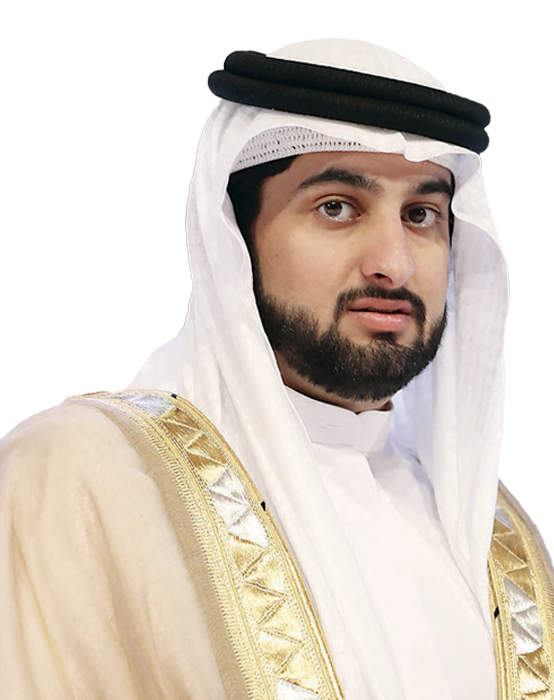

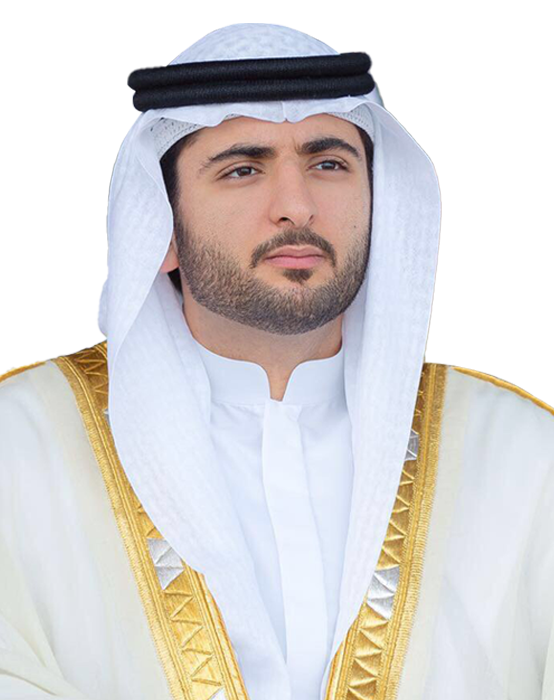








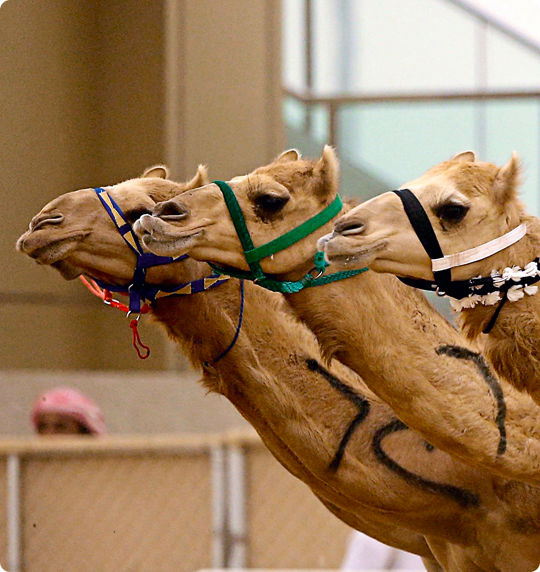
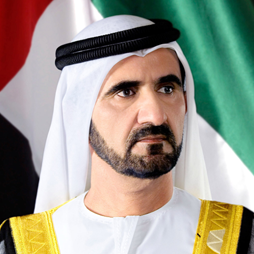
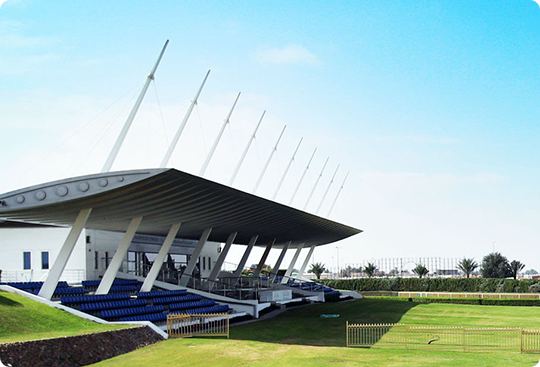
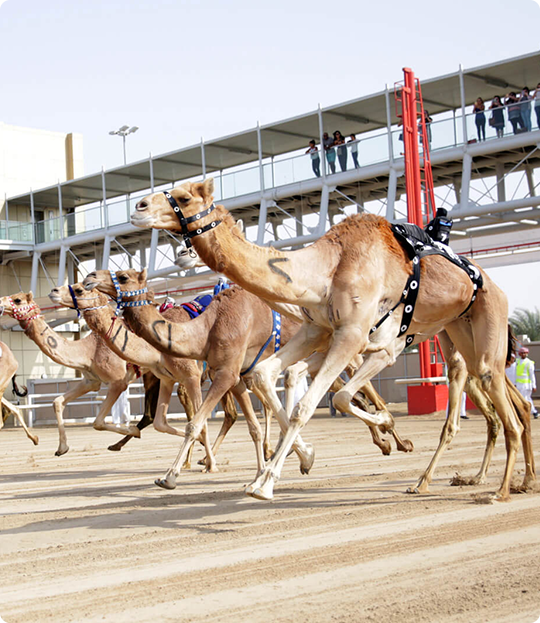 The idea was to provide all things related to camels and camel racing in the same spot. So
while enthusiasts can come and check out races in the Al Marmoom race tracks, camel breeders
and racers can check out superior grade racing camels in the Camel Market, or purvey and
buy the best quality camel feed from the Feed Mill. The multi-specialty Camel Hospital and
Camel Forensic Lab are equipped with expert veterinarians and world-class technological
interventions
to carry out treatments for ailing camels and even carry out deeper research into the health
and wellbeing if camels as well as best breeding techniques to yield high-performance camels.
The Forensics Lab also allows enthusiasts and breeders to conduct drug and DNA tests on both
camels as well as jockeys to ensure the legality of the camel as well as fair play.
The idea was to provide all things related to camels and camel racing in the same spot. So
while enthusiasts can come and check out races in the Al Marmoom race tracks, camel breeders
and racers can check out superior grade racing camels in the Camel Market, or purvey and
buy the best quality camel feed from the Feed Mill. The multi-specialty Camel Hospital and
Camel Forensic Lab are equipped with expert veterinarians and world-class technological
interventions
to carry out treatments for ailing camels and even carry out deeper research into the health
and wellbeing if camels as well as best breeding techniques to yield high-performance camels.
The Forensics Lab also allows enthusiasts and breeders to conduct drug and DNA tests on both
camels as well as jockeys to ensure the legality of the camel as well as fair play.
